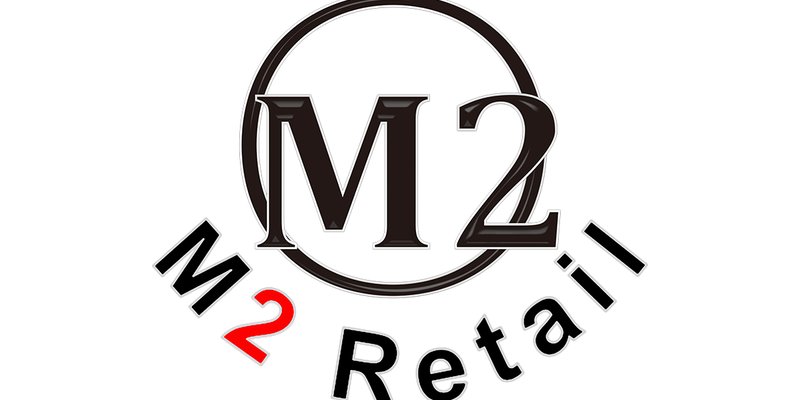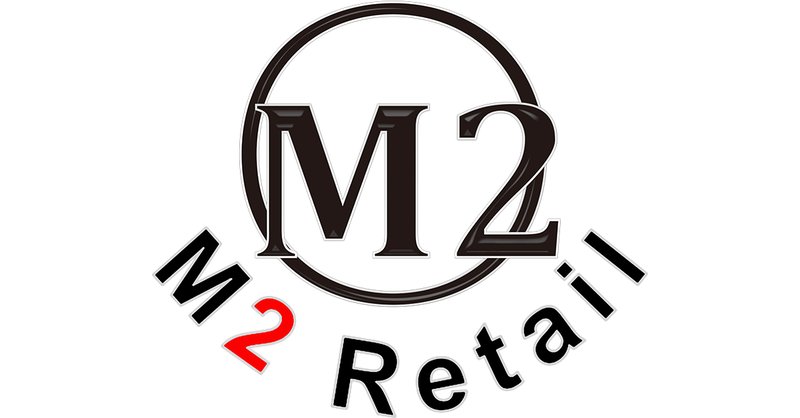Introduction: A Tale of Two Entrances
You step in from the street. Warm light, a clean line of sight, and a clear place to land your eyes. At the M2-Retail reception counter, the wood feels satin-smooth, and the tone of the space reads calm, not cold. The scent of lacquer and the soft hum of LED drivers say “ready.” In many stores, audits show that first decisions happen fast—often in under 10 seconds. If the queue looks tangled, people hesitate; if the counter looks tuned, they move. So why does one entrance glide while the next stutters (and keeps stuttering)?

Here’s a clue: the best counters hide the work. Cable trunking tucks away clutter. Power converters and acoustic baffling keep the whir quiet and the voices clear. Compare two otherwise similar spaces and you’ll see it—the one that reduces friction wins. But which frictions matter most, and how can you spot them before opening day? Let’s break down what sets a nimble welcome apart from a noisy one, then test the ideas against real workflow choices—step by step.
Hidden Pain Points at the Front Line
What slows the line?
The front reception counter? looks simple, but the pain points are sneaky. Many start with line-of-sight. If the host cannot see arrivals within one stride, greetings lag. If signage is above eye level, people lean, squint, and wait. Look, it’s simpler than you think: sightlines, reach zones, and noise floors decide speed. Add glare off glossy laminate and you get more delays—funny how that works, right? Technical stack matters too. POS middleware that lags by a second feels like five at the front. Edge computing nodes help by doing the quick math at the counter, not in the cloud. That keeps confirmations fast and private. Load cells can cue “ready” on a tray, while RFID beacons flag arrivals without a shout. Tiny wins; big flow.
Traditional setups trip over cable clutter, loud fans, and poor handoff choreography. A staffer takes your name, then pivots to a cramped screen, then back again. Every swivel is a micro-delay. Cable trunking and a side-mounted display reduce that pivot. ESD-safe laminates cut static misreads on card taps—yes, it matters. And acoustics? If the counter bounces sound, greetings turn to repeats. People talk louder, and the line grows sticky. The fix is not fancy. It is consistent. Clear cueing, shallow counter depths at the sign-in point, and noise control at mouth height. Technical, not tricky—and very human in the end.
What’s Next: Tech Principles and Practical Wins
Real-world Impact
Now, compare “old counter” to “smart counter” and track the logic. Old counters treat the face of the desk as a stage. Smart counters treat it like a system. New principles start with local processing and gentle guidance. Edge computing nodes crunch check-in events in place, so the interface feels instant. LED drivers dim or brighten to cue the next step, not to decorate. Occupancy sensors see that a guest has stepped in and nudge the workflow—silently. The result is a steady handoff, not a scripted dance. When you tie these cues to interior reception design, you get a space that talks in whispers: light here, step there, done.
Comparatively, you spend less time saying “one moment” and more time finishing the handoff. Power converters let you run low-noise peripherals close to people, so the counter stays hush. Acoustic baffling under the overhang stops echo at the source—even small panels help. Against this backdrop, three decisions drive choice. Advisory close:- Measure guest dwell at first touch. Under 20 seconds is a healthy target for simple queries; under 60 for sign-ins.- Track handoff error rate. Misroutes, repeats, or “could you say that again?” are the hidden tax.- Monitor energy per shift. LEDs and fans tell you about thermal load and comfort; efficient drivers pay back in quiet, too.

In short, the best welcome is calm, visible, and quick—without the show. We moved from hidden snags to clear fixes, and then to principles you can test tomorrow. The counter earns trust when the system fades and the path feels obvious—funny how the quiet things carry the day. For teams who care about flow and feel, that’s the comparison that matters most, with credit to the craft behind the name M2-Retail.
